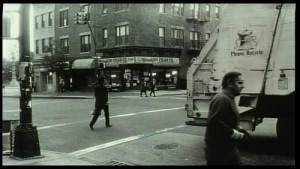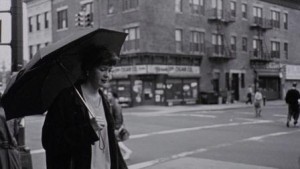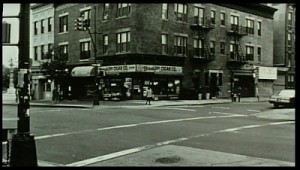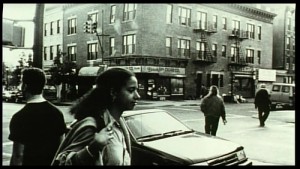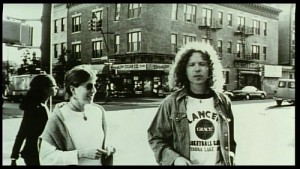NARRATIVE LOGIC
* * *
ANTI-STORIES
- They do not solve the events, but reveal a state of affairs.
- They do not solve the plot, but reveal it. In the first case solution, in the second one an exhibition.
- Focused on the characters, not on the events.
Examples:
 “Lost in traslation”, Sofia Coppola, 2003
“Lost in traslation”, Sofia Coppola, 2003
 “Short Cuts”, Robert Altman, 1993
“Short Cuts”, Robert Altman, 1993
 “Crash”, Paul Haggis, 2004
“Crash”, Paul Haggis, 2004
 ”Happiness”, Todd Solondz 1998.
”Happiness”, Todd Solondz 1998.
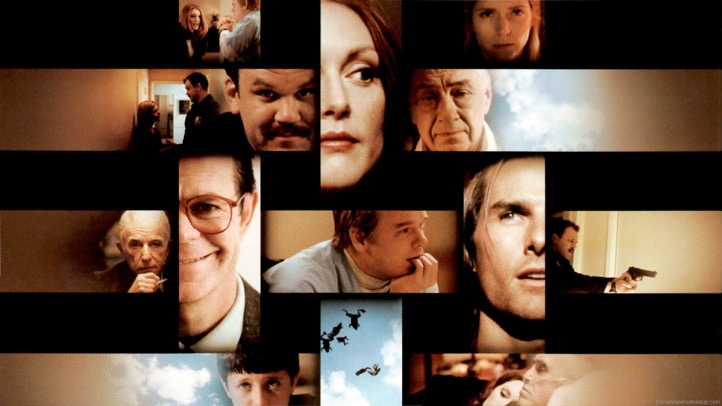 “Magnolia”, Paul Thomas Anderson, 1999
“Magnolia”, Paul Thomas Anderson, 1999
“Smoke”, Paul Auster y Wayne Wang, 1994
* * *
MULTIFORM STORIES
- A single situation or plot is presented in multiple versions, versions that would be exclusive in our common experience.
- They reflect different points of view about the same fact.
- Based on the advances of twentieth-century physics: our normal perception of time and space is not an absolute truth.
- It overcomes linear formats: they aim to show the perception of life as a sum of parallel possibilities.
Examples:
“El jardín de los senderos que se bifurcan (The Garden of Forking Paths)”, Jorge Luis Borges, 1941.
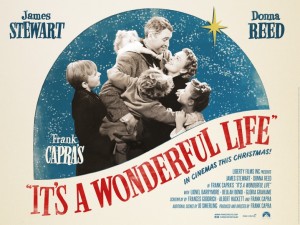 “It is a wonderful life!”, Frank Capra, 1946
“It is a wonderful life!”, Frank Capra, 1946
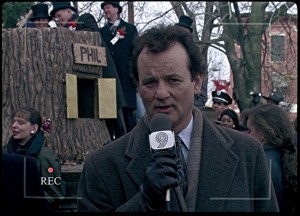 “Groundhog Day”, Harold Ramis, 1993
“Groundhog Day”, Harold Ramis, 1993
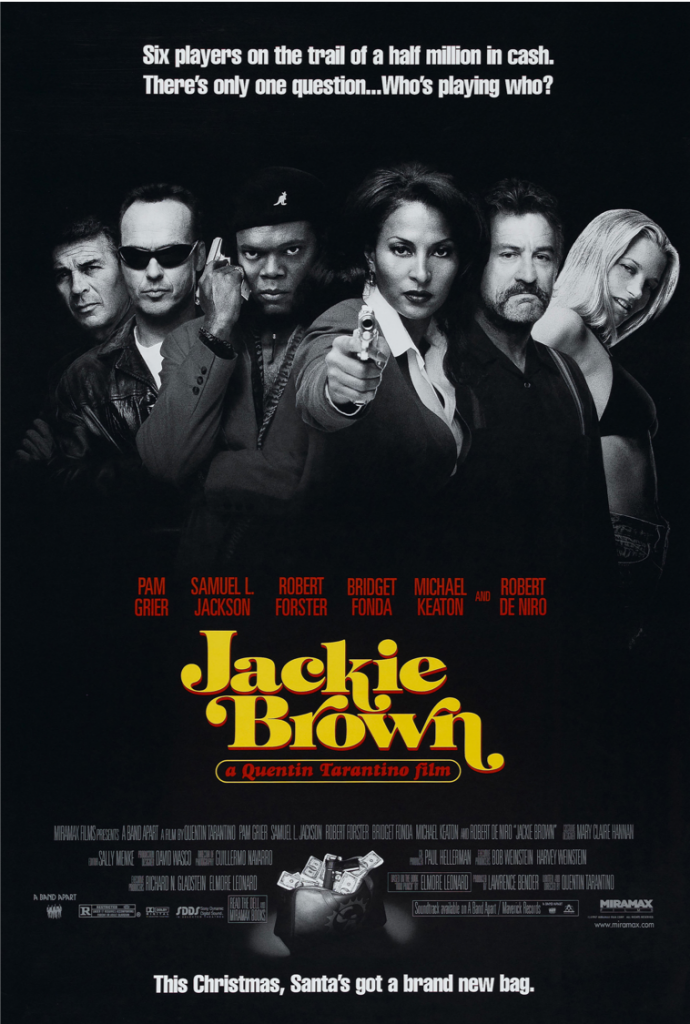 Jackie Brown, Tarantino, 1997
Jackie Brown, Tarantino, 1997
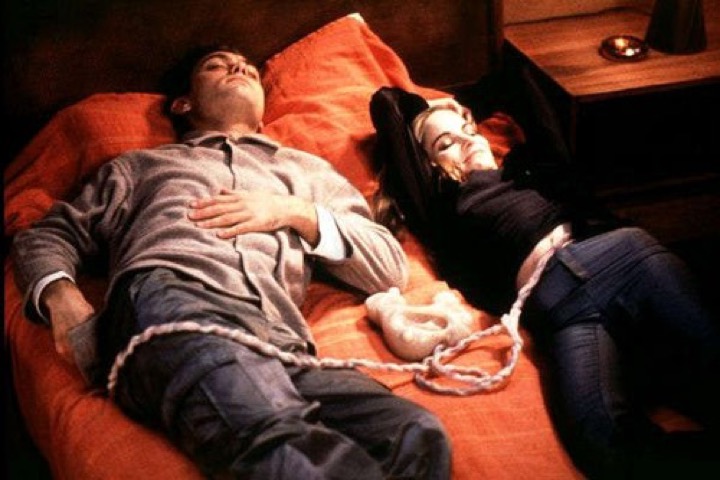 “Existenz”, David Cronenberg,1999
“Existenz”, David Cronenberg,1999
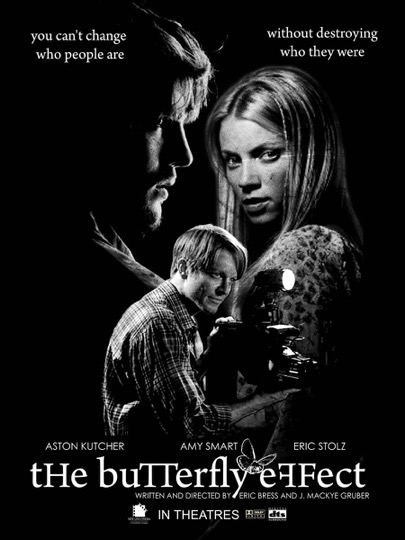 “Butterfly Effect”, Erik Bress y Mackye Gruber.2003
“Butterfly Effect”, Erik Bress y Mackye Gruber.2003
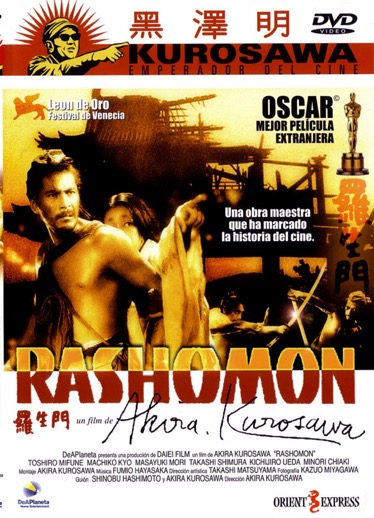 “Rashomon”, Kurosawa, 1950
“Rashomon”, Kurosawa, 1950
* * *
HYPERTEXT
Definition of Hypertext:
The hypertext is a group of texts and «documents» (called lexias or nodes) not hierarchical, linked together though links that the reader can activate and that allow quick access to each of the constituent elements of that group. Hypertext is therefore a type of interactive, non-sequential, non-linear (or multi-linear) text, that is, not based on a fixed sequence of letters, words or phrases, a text whose sequentiality can vary considerably during the reading.
* * *
HIPERTEXTUAL NARRATIVE
Characteristics:
- Break of the linear logic > multilinearity
- Reader participation:
- Interaction
- Open reading
- Change from the temporal narrative paradigm to another spatial
Use in the context of art:
- Need for a broader framework (STORY) than what is told or shown (DISCOURSE)
- Need for itinerary design (possible readings)
- Existence of a discarded material in each selective reading
- Renewal and breaking of a linear and predictable logic
- Fragmentary and holistic vision at the same time
- Misse en abyme / Labyrinth
* * *
Examples of digital multilinear stories / anti-stories / hypertex narrative.
– Afternoon, by Michael Joyce.
Video showing the interface
– The Silent History
– Device 6







